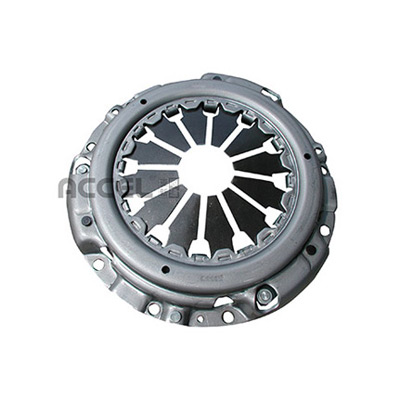
- Mobile Phone
- +8613931874955
- sales@cntcmetal.com
Jul . 10, 2024 20:57
Back to list
Cattle fencing for containment and security in agricultural and livestock operations.
Cattle fences are an essential tool for farmers and ranchers to manage their livestock and protect their assets. These sturdy barriers are commonly used to contain cattle and prevent them from wandering off the property. In this article, we will delve into the importance of cattle fences and the various types available for farmers to choose from.
One of the primary reasons why cattle fences are necessary is to ensure the safety of the livestock. By containing the cattle within a designated area, farmers can protect them from potential dangers such as predators, traffic, and other hazards. Additionally, cattle fences help farmers manage their herd more efficiently, as they can easily control the movement and behavior of the animals.
There are several types of cattle fences available on the market, each offering unique features and benefits. One of the most common types is the traditional barbed wire fence, which is known for its durability and effectiveness in containing cattle. Barbed wire fences are relatively inexpensive to install and require minimal maintenance, making them a popular choice among farmers.
Another popular option is the electric fence, which delivers a mild electric shock to deter cattle from crossing the boundary. Electric fences are highly effective in containing cattle and are relatively easy to install. However, they require regular monitoring and maintenance to ensure they are functioning correctly

cattle fence. For farmers looking for a more aesthetically pleasing option, wooden fences are an excellent choice. These fences provide a rustic and traditional look to the property while effectively containing the cattle. Wooden fences are durable and can withstand harsh weather conditions, making them a long-lasting investment for farmers. In addition to these common types of cattle fences, there are also specialized options available for specific purposes. For example, high-tensile wire fences are designed to withstand the pressure exerted by cattle and are ideal for containing large herds. Mesh wire fences, on the other hand, provide a solid barrier that prevents cattle from escaping. Regardless of the type of cattle fence chosen, it is essential for farmers to properly maintain and repair the fence to ensure its effectiveness. Regular inspections should be conducted to check for any damage or wear and tear, and repairs should be made promptly to prevent the cattle from escaping. In conclusion, cattle fences play a crucial role in managing livestock and protecting assets for farmers and ranchers. With a variety of options available on the market, farmers can choose the type of fence that best suits their needs and budget. By investing in a reliable cattle fence, farmers can ensure the safety and security of their livestock while effectively managing their herd.

cattle fence. For farmers looking for a more aesthetically pleasing option, wooden fences are an excellent choice. These fences provide a rustic and traditional look to the property while effectively containing the cattle. Wooden fences are durable and can withstand harsh weather conditions, making them a long-lasting investment for farmers. In addition to these common types of cattle fences, there are also specialized options available for specific purposes. For example, high-tensile wire fences are designed to withstand the pressure exerted by cattle and are ideal for containing large herds. Mesh wire fences, on the other hand, provide a solid barrier that prevents cattle from escaping. Regardless of the type of cattle fence chosen, it is essential for farmers to properly maintain and repair the fence to ensure its effectiveness. Regular inspections should be conducted to check for any damage or wear and tear, and repairs should be made promptly to prevent the cattle from escaping. In conclusion, cattle fences play a crucial role in managing livestock and protecting assets for farmers and ranchers. With a variety of options available on the market, farmers can choose the type of fence that best suits their needs and budget. By investing in a reliable cattle fence, farmers can ensure the safety and security of their livestock while effectively managing their herd.
share:
Latest news
-
Your Source for Concrete Wall Ties and Masonry AccessoriesNewsJul.10,2025
-
Unlocking the Power of Iron Wire for Every ProjectNewsJul.10,2025
-
Explore Advanced Chain Wire and Stainless Steel Mesh FencingNewsJul.10,2025
-
Discover the Benefits of Annealed Wire ProductsNewsJul.10,2025
-
Discover China Stainless Steel Wire Mesh SolutionsNewsJul.10,2025
-
Build with Confidence Using High-Performance Masonry AccessoriesNewsJul.10,2025
-
Why Sacrificial Formwork Is Redefining Underground ConstructionNewsJun.06,2025



















